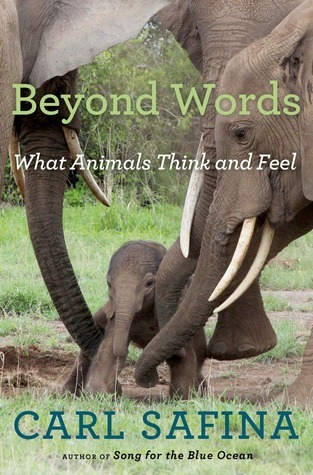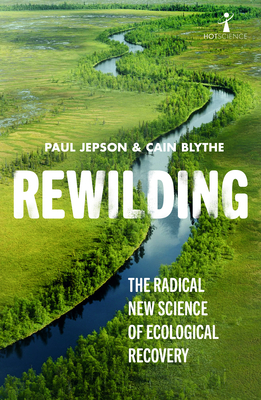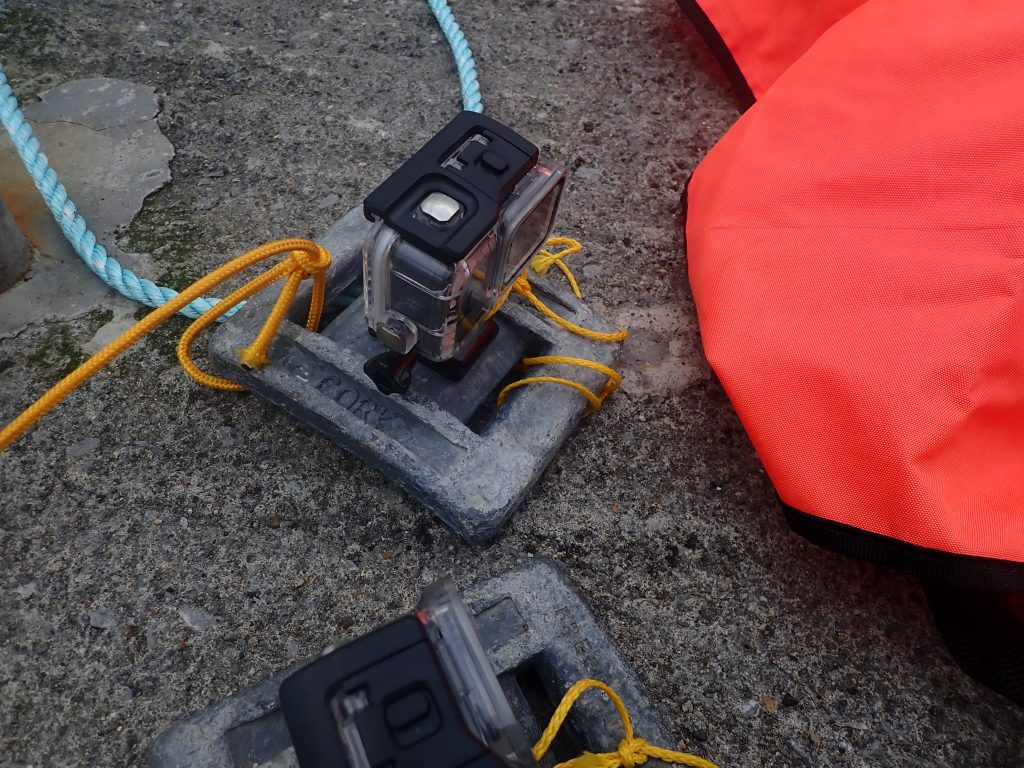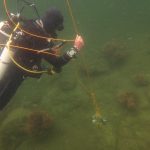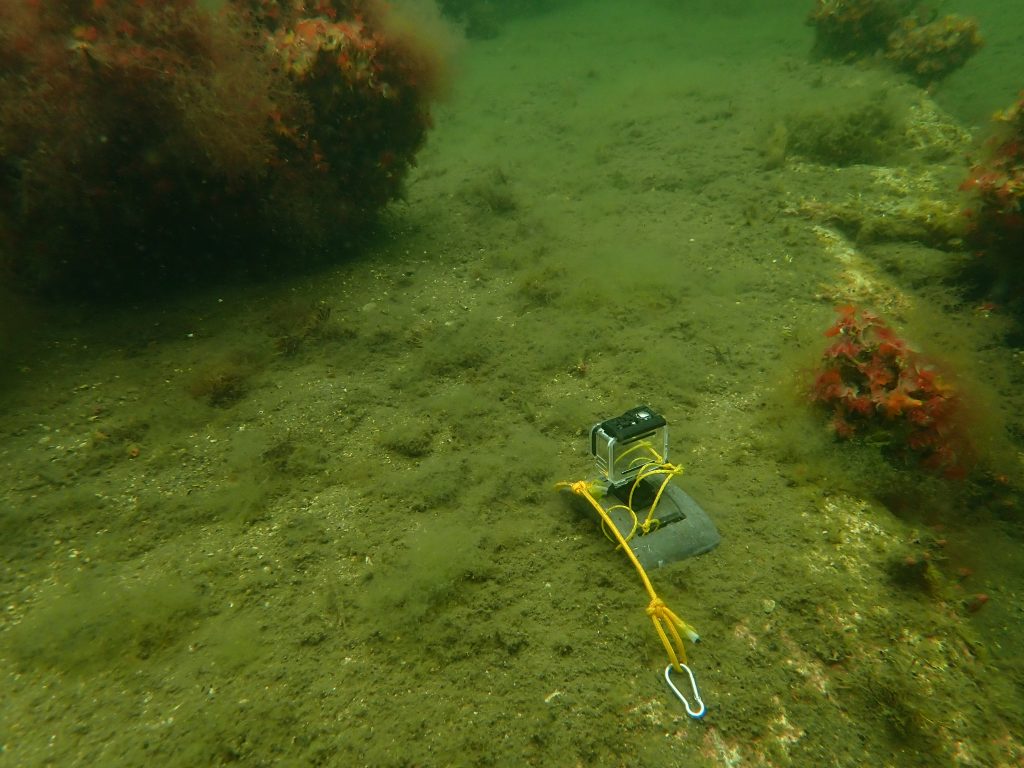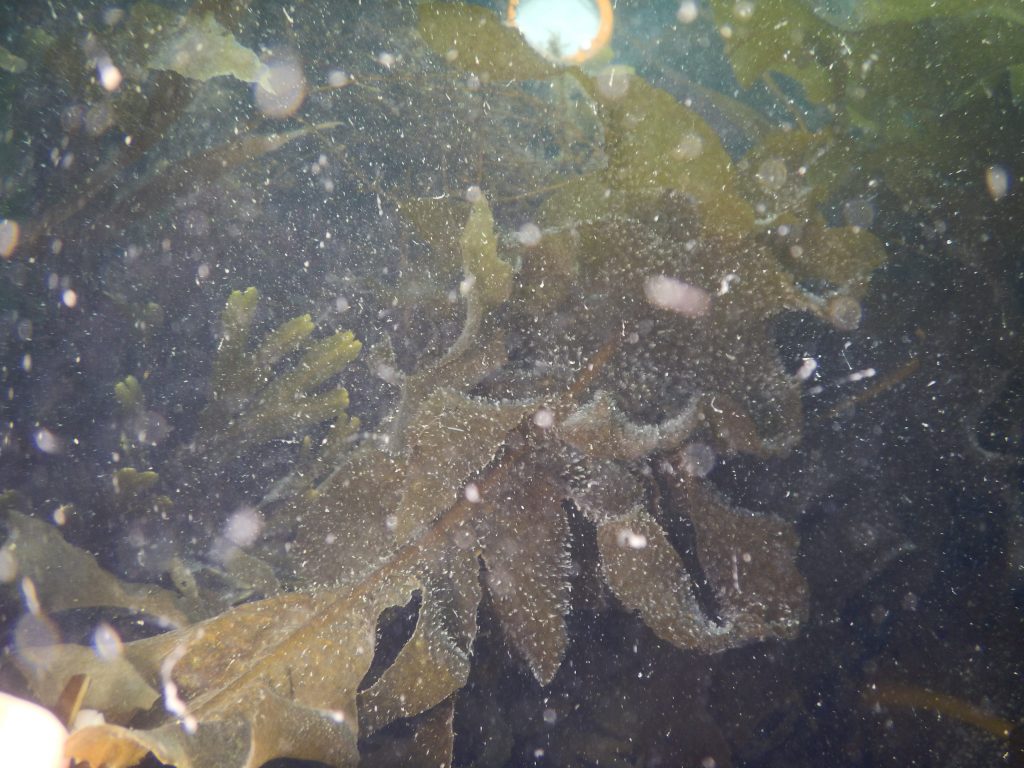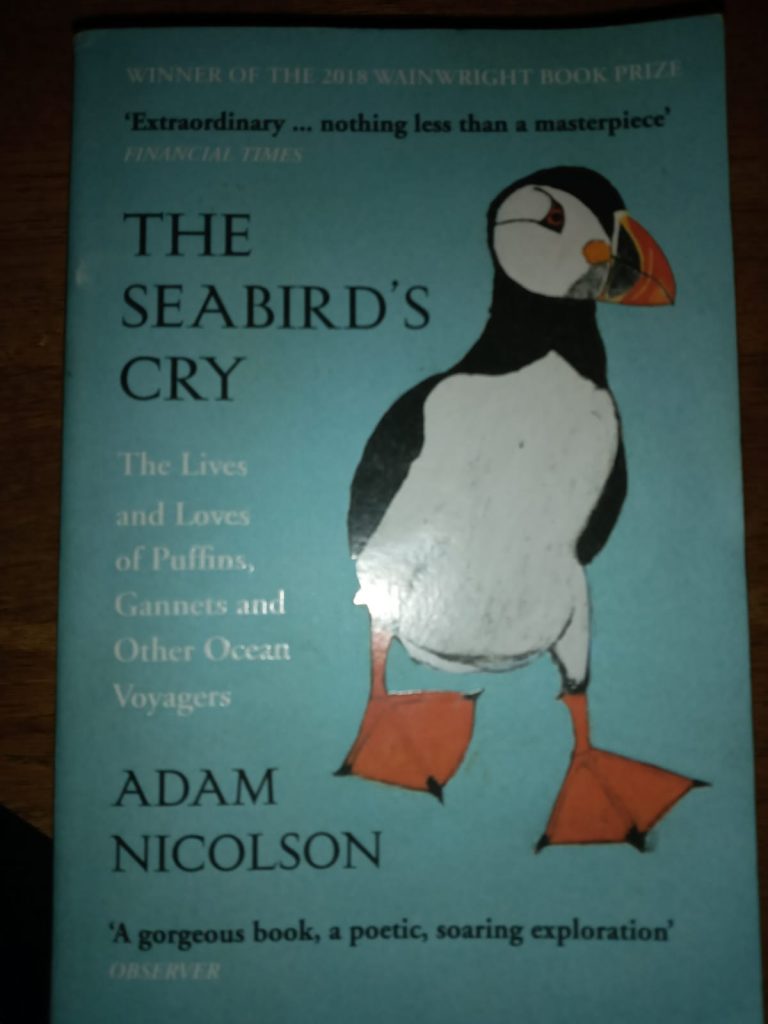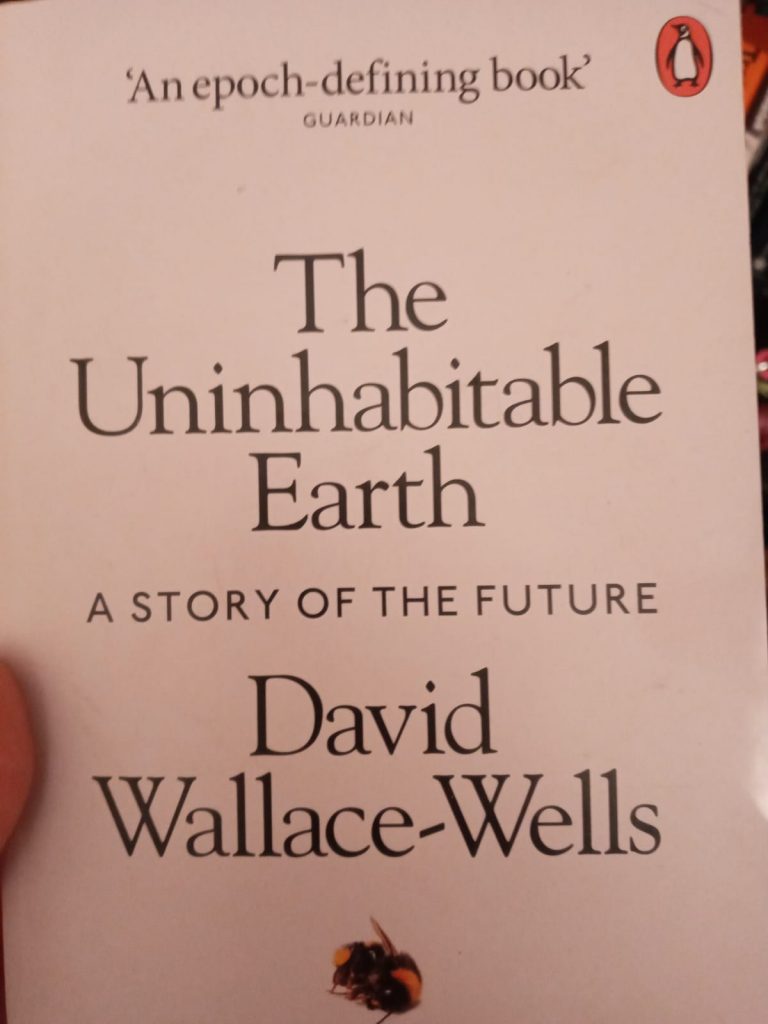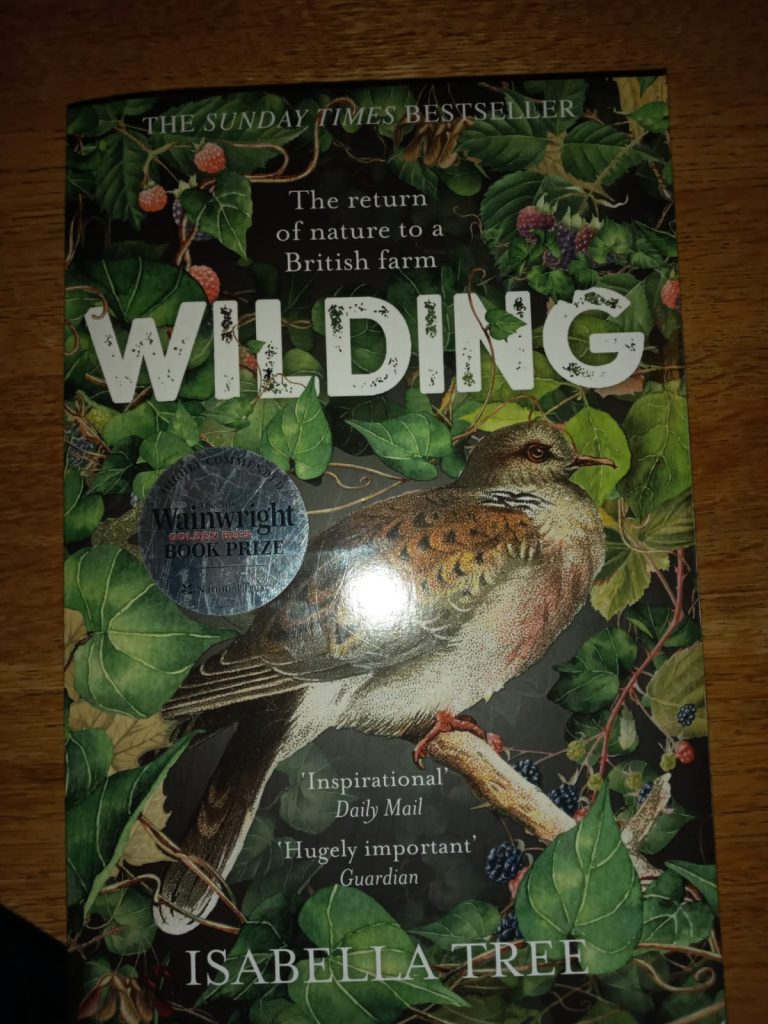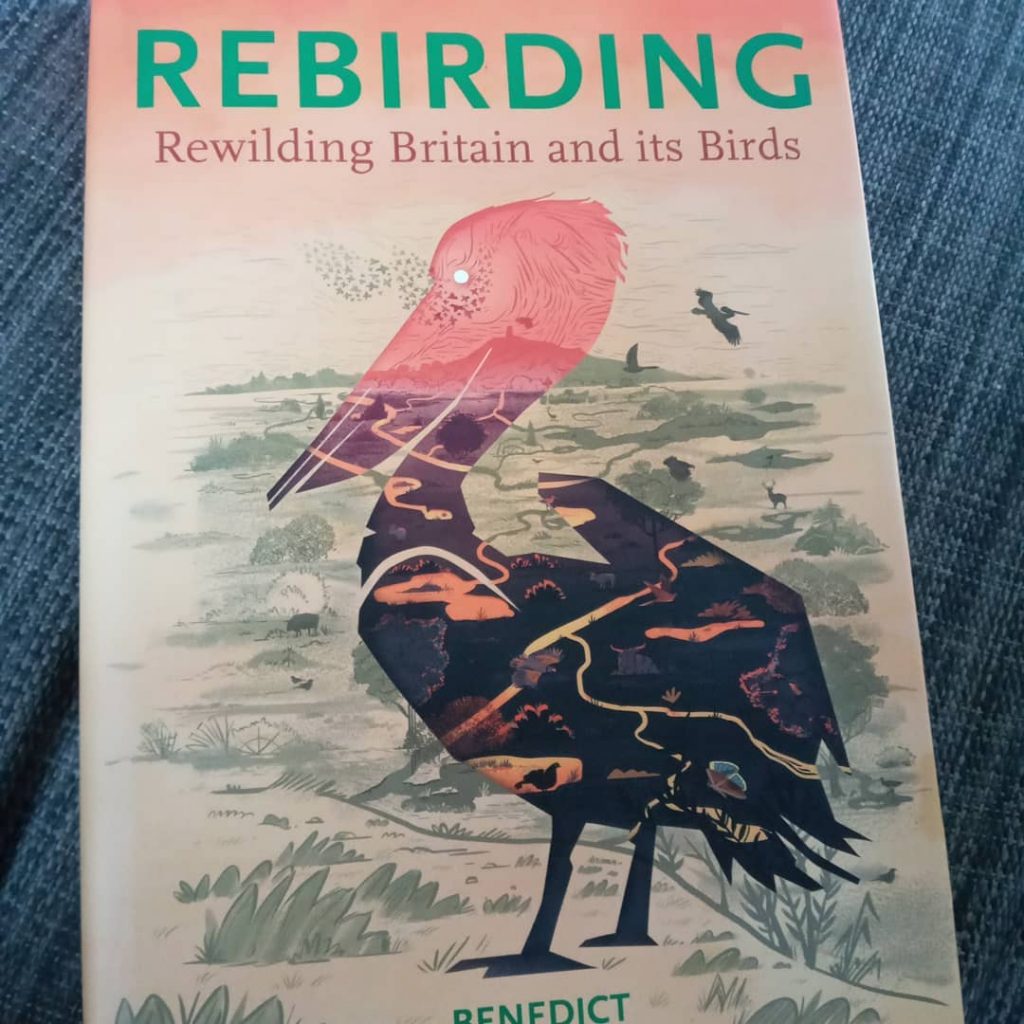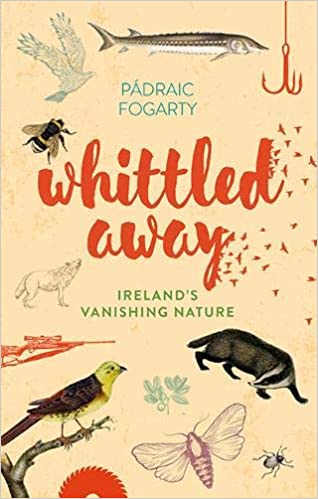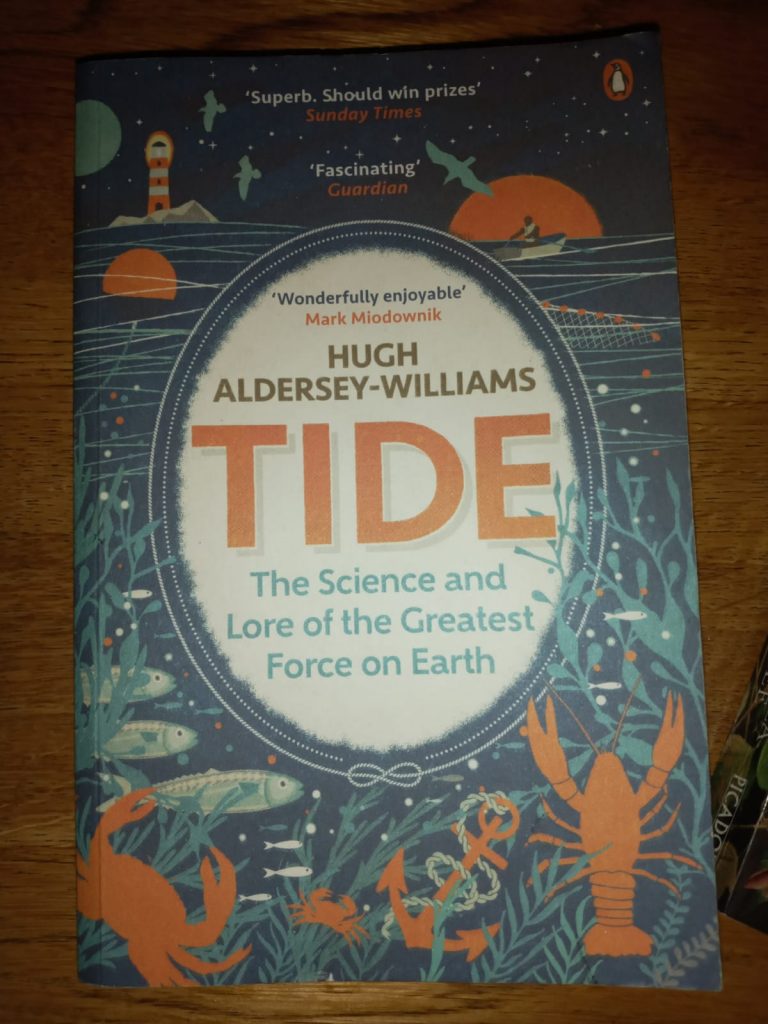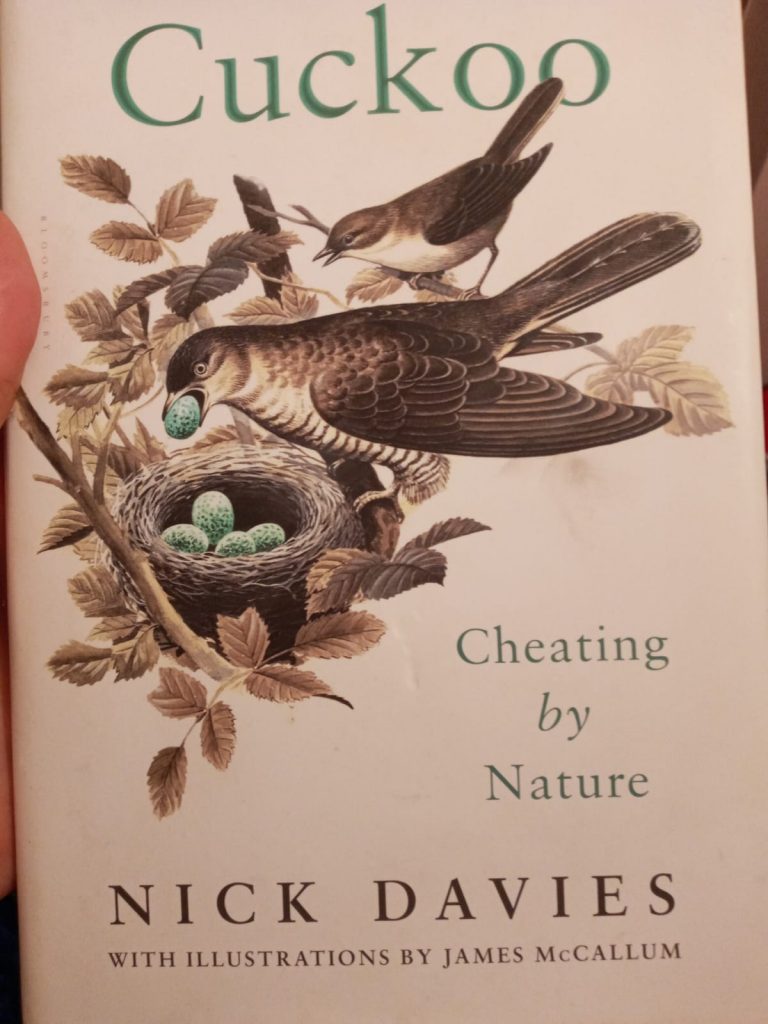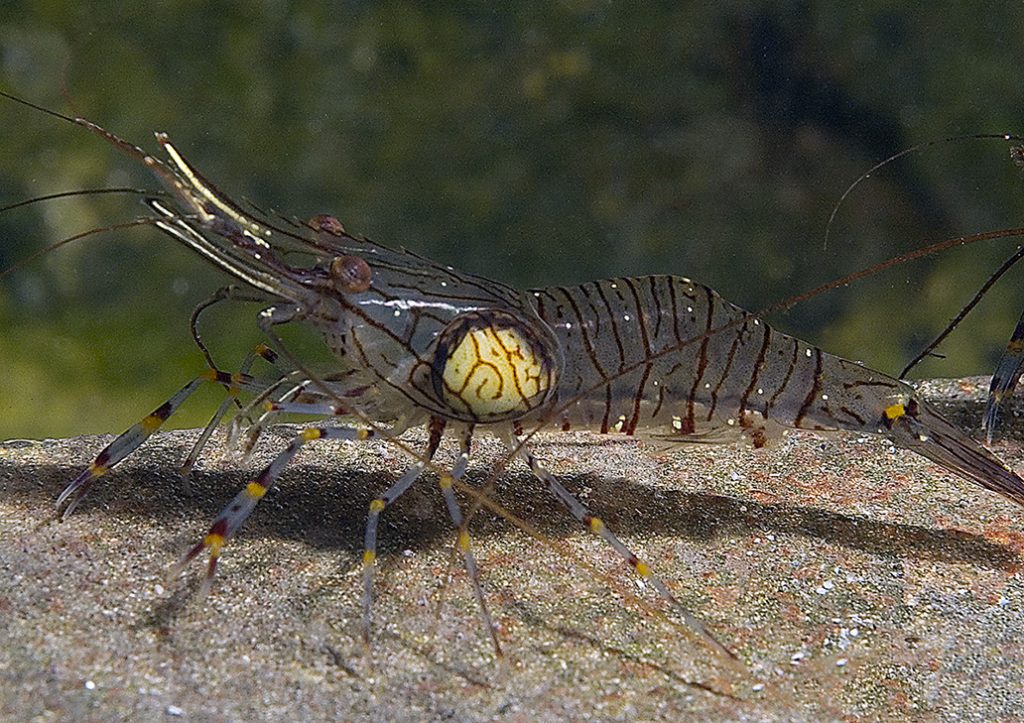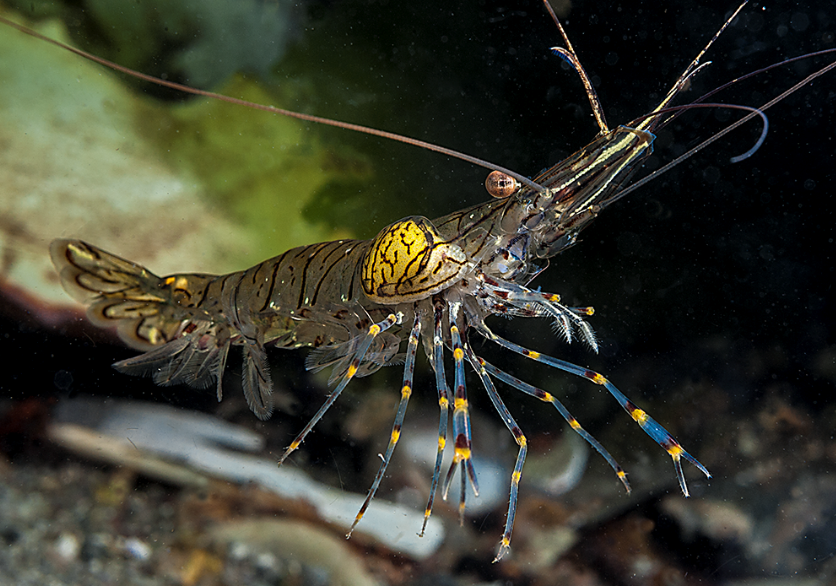As always we’ve spent the year with our nose in a book when it’s not been poking it’s nose in a fishes business. Here’s some of the ones we really enjoyed this year and we’d highly recommend them all but remember if you are buying books to support your local independent bookshop.
Future Sea : How to Rescue and Protect the World’s Oceans – Deborah Rowan Wright
Takes a somewhat legalistic approach but covers the laws that govern the seas and particularly the high seas. It suggests a paradigm shift from the idea of protected areas in a vast sea of exploited oceans and to an approach of all the oceans are protected by default with areas that are open for exploitation. Presents a somewhat dry subject in a highly readable and relatable way.
The Hidden Life of Trees: What They Feel, How They Communicate – Peter Wohlleben
The science behind how trees communicate and some really interesting ideas about how a happy forest is a healthy forest. Trees (like humans) do much better in forests, in groups near other trees of the same species and don’t do well on their own. Great read couldn’t recommend it more.
Beyond Words: What Animals Think and Feel – Carl Safina
Amazing book that explores animal communication and emotions by examining wolves, elephants and orcas. Obviously with my background in behavioural ecology this was of particular interest to me but I hope it was written in a way that would make it accessible to a lay person. Really interesting book, the only caveat I would have about it is that reading about elephants always makes me a bit sad because of how they are treated by humans.
Where the Crawdads Sing – Delia Owens
Obviously a fiction book but the nature imagery of this book at times is stunning. I’m loath to do much writing about it for fear of spoilers but I thought this was an excellent book.
Beak, Tooth and Claw Living with Predators in Britain – Mary Colwell
This book looks at our often fraught relationship with foxes, corvids, badgers, weasels, seals, and birds of prey. A much more even handed approach than I would have to the treatment of some of these species it explores both sides of the debate in a detailed manner. While it is a UK book most of the issues that are present there are relevant in Ireland.
On Fire: The Case for the Green New Deal – Naomi Klein
A call to arms for people interested in the incipient climate catastrophe while I think this book is unlikely to change anyone’s mind on these issues it does offer hope that climate breakdown can be averted. That being said the passages about the wildfires in Canada and how she explains this to her young son is particularly harrowing.
Back to Nature: How to love life and save it – Chris Packham, Megan McCubbin
First things first, if you don’t like Chris Packham’s unique style you will not enjoy this book. Lovely mix of personal stories, interesting science and conservation success stories. Covers some of the same ground that’s covered in Beak, Tooth and Claw Living with Predators in Britain above but not quite in the same even handed manner.
Rewilding: The Radical New Science of Ecological Recovery – Paul Jepson, Cain Blythe
Highly topical book given the attention focused in the last few years on Rewilding this book is somewhat dry in parts but full of fascinating ideas. It particularly focuses on the idea of large herbivores rather than apex predators which seem to dominate the media narrative around this subject. It explores the idea of getting rid of the idea of nature reserves for particular species being kept in an unnatural stasis through human actions by allowing landscape processes to take over and rewild. While I wouldn’t agree with all of the ideas put forward in this book nonetheless they are fascinating.
The Seaweed Collector’s Handook – Miek Zwamborn
The Seasweed Collector’s Handbook is a meandering wander around Seaweed’s and the general joy of studying them with lots of annecdotes regarding collectors / collections and how people perceive them. Some of the illustration are stunning there is a section on recipes which I have yet to try and a Portraits section which has some pressings and distributions maps !




